Until just a few years ago, the right riverbank of the Seine in Paris was an urban highway used by over 40,000 vehicles every day. Despite being named a UNESCO World Heritage Site, the road was either heavily gridlocked during rush hour or was a corridor for cars traveling at high speeds. It contributed to the city’s high rates of air pollution, which regularly exceeded EU limits and contributed to thousands of deaths each year in the city.
In 2016, the road was converted into a car-free linear park, used by commuters during the week as well as residents and visitors for leisure activities on the weekends. The move was part of a larger attempt to improve air pollution and livability in the French capital — later referred to as a “15-Minute City” program — which spanned a wide range of public investments across transportation, sustainability and new programs to strengthen neighborhood-level governance.
Challenging the Dominance of Private Cars
Despite a reputation for historical charm, Paris experienced a decades-long automotive boom in the 1960s and 1970s that congested and polluted the city. During this period, the previously car-free riverbanks of the Seine were converted into car-dominated avenues and urban highways.
In 2001, Paris Mayor Bertrand Delanoë initiated a string of social and environmental reforms and investments, including the world’s first major bikeshare program and the city’s first climate plan. His deputy mayor, Anne Hidalgo, was subsequently elected mayor in 2014. Following a series of discrete initiatives targeting private and polluting vehicles, increasing social housing and quality of life, Hidalgo articulated her ambitious 2020 reelection policy agenda around making Paris a 15-Minute City.
Read the full article on The City Fix by
Recommended by Luisa Bravo

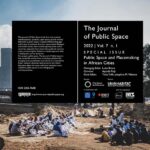
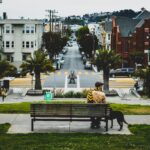

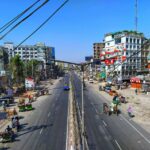
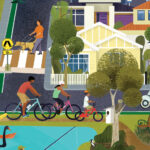
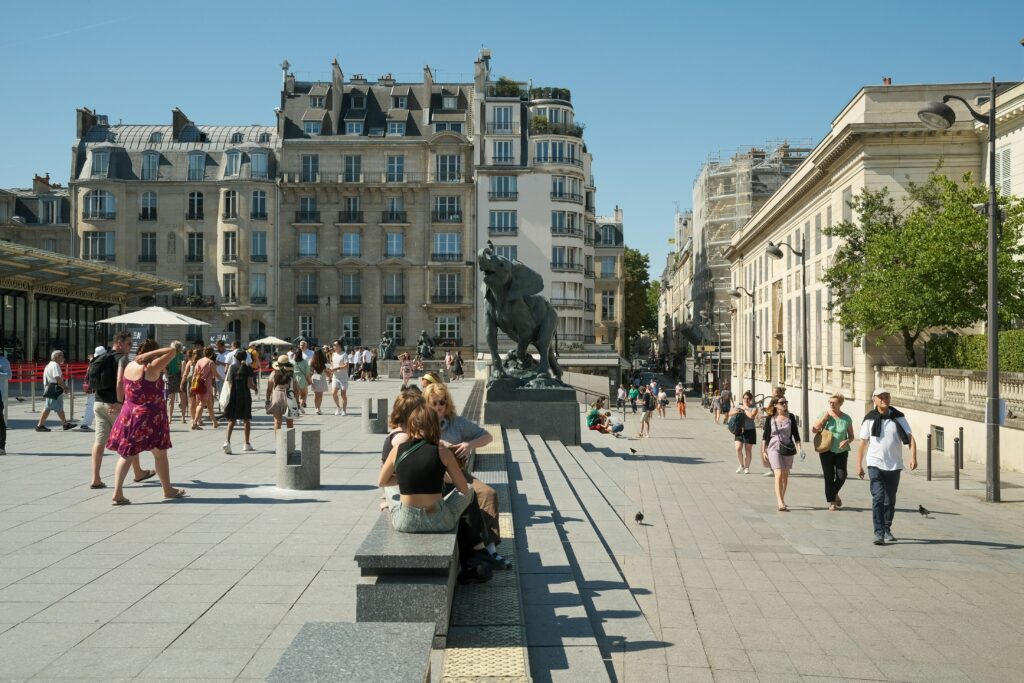
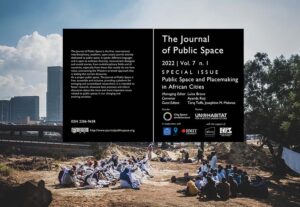
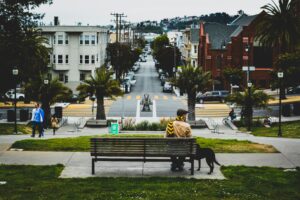
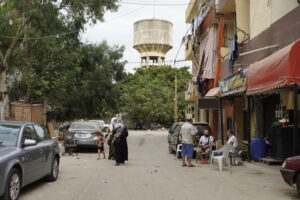
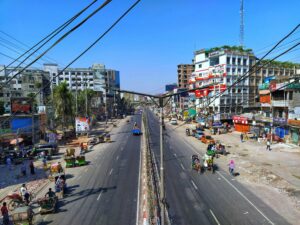
More Stories
San Francisco Shared Spaces Sustainability Strategy
Guide to Walkable Public Space from NSW Government (Australia)
The Warsaw Uprising Mound Park